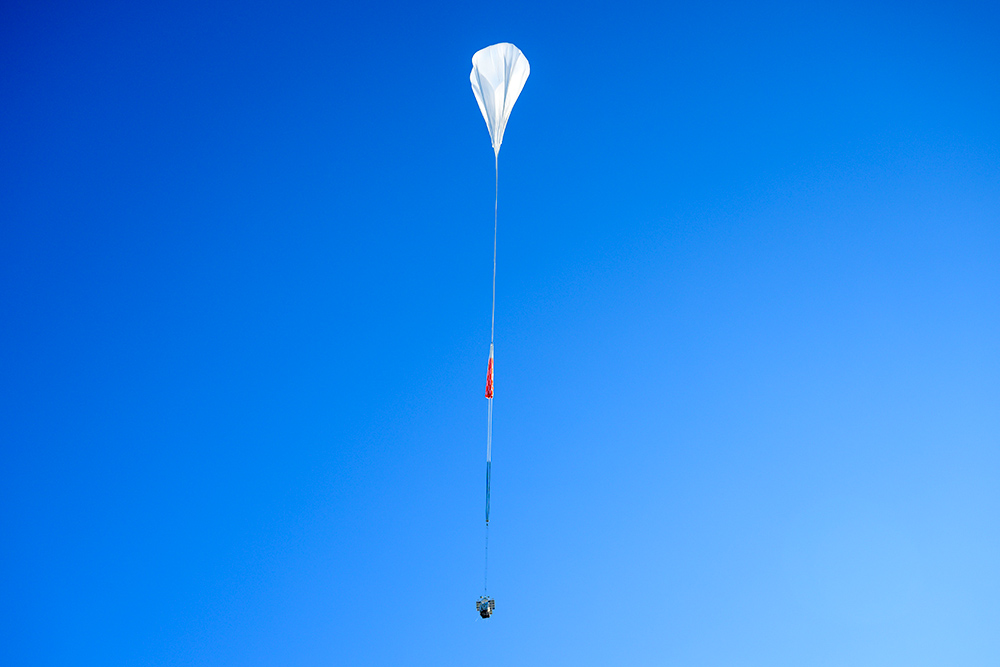At 06:22 local time on the 10th of July, the NASA balloon carrying the SUNRISE-III payload was successfully launched from Esrange Space Center. The balloon has a volume of 970 000 m3 when it reaches float altitude of approximately 36 kilometers. In the same manner as the other NASA balloons, it will cross the Atlantic Ocean and land in northern Canada.
SUNRISE is a solar observatory investigating physics and plasma flows in the lower solar atmosphere. This investigation will help understand the magnetic activity of the sun and how energy transports to its outer atmosphere by taking high-resolution images and spectro-polarimetry of the layers of the sun.
Operating at a high altitude, it is above almost all the Earth’s atmosphere which allows for studying of the different solar radiations in various wavelengths that cannot be studied from the ground.
The telescope, with an aperture of one meter, is the largest solar telescope to ever leave the ground and has a mass of 3 515 kg.
This is the fourth time SUNRISE has flown from Esrange. The first two attempts were made in 2009 and 2013, and the last was made in 2022 but unfortunately technical problems led to an early termination of the flight.
More to read about the SUNRISE mission at Max Planck Institute: https://www.mps.mpg.de/solar-physics/sunrise
Follow the balloon in real time using this link: https://www.csbf.nasa.gov/map/balloon11/Google740N.htm
The balloon is expected to be seen from a long distance both in northern Sweden as well as northern Norway before heading over the Atlantic ocean.

